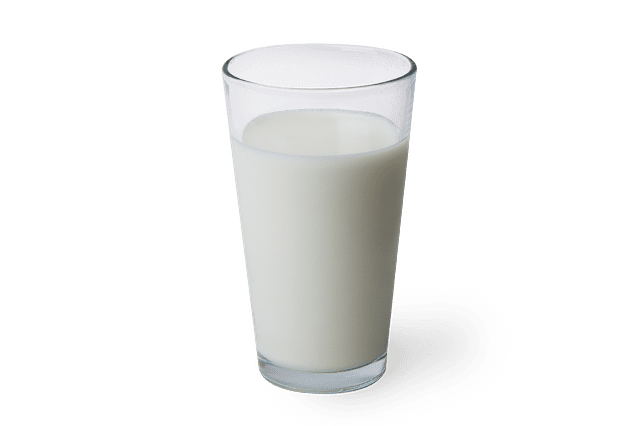
Spatial Requirements: Regular classroom setup: little or no space required
Activity Type: Object lesson
Grades: K-12
Group Size: 2 or more
Time: 5-10 minutes
Introduction: Using skin color as a basis for making decisions about other people can lead us to give labels that are unfair and untrue. Diversity strengthens society. This activity teaches that outward appearance does not necessarily determine who we are.
Materials:
- 4 clear cups (glass or plastic)
- 1 quart of milk
- Chocolate syrup
- 1 spoon
- For extra credit, bring enough cups and chocolate milk to quench the thirst of the entire class.
Activity:
Fill each of the four cups about halfway with milk. Place them on a table in front of the class.
Explain that you are going to talk about skin color. Skin color varies from one person to another and from one group of people to another.
Take a small amount of chocolate syrup and stir it into the second glass. Use only enough syrup to turn the milk a very light brown.
Explain the substance in our bodies that determines our skin color is called melanin (mel-uh-nin). The more melanin a person has in their skin, the darker their skin color will be.
Pour twice as much syrup into the third cup so the milk turns a medium brown.
Melanin protects the skin from the harmful rays of the sun. Therefore, people whose ancestors originally lived in climates that had a lot of sun, such as around the equator, produce more melanin and have darker skin.
Pour enough syrup in the third cup to turn the milk a deep brown.
Those people whose ancestors lived in areas farther away from the sun, such as Greenland, needed less melanin in their skin, which resulted in lighter- colored skin.
Processing the Experience:
- How much does your skin color say about you?
- When we added more syrup to the milk, did it transform into something unlike milk (like spaghetti sauce, for instance)? Does the color of a person’s skin really change who they are on the inside?
- How would you feel if someone labeled you based on the color of your skin? Your hair color? Your height?
- Does skin color determine a person’s actions?
- What does it mean to stereotype a person? In what ways do we stereotype a person based on skin color?
- How can stereotyping lead to unfair labels?